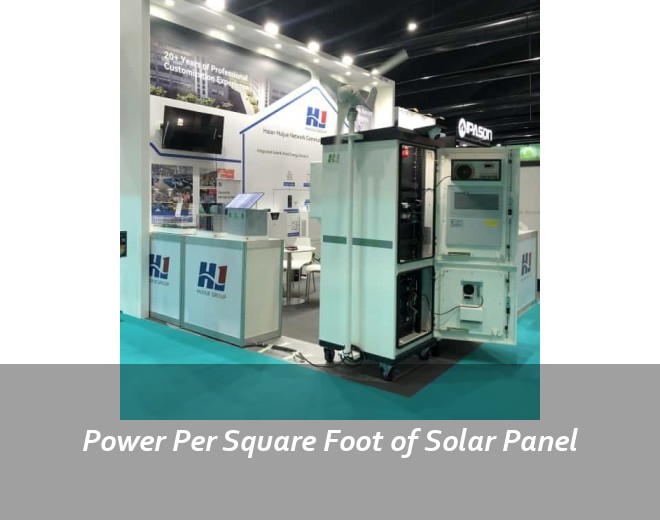Solar Panel Power Per Square Meter

Table of Contents
The Reality Check: What Can 1m² Really Produce?
You've probably seen those viral videos claiming a single solar panel could power your entire house. But how much energy can we really squeeze from one square meter? Let's cut through the hype.
Most commercial panels today deliver 150-220 watts per m². That's enough to power a fridge for about 3 hours daily. But wait – why isn't it higher? Well, even the best silicon cells convert only 22-24% of sunlight. The rest becomes heat or reflects away. It's like trying to catch rainwater with a sieve.
The Efficiency Game Changers
Last month in Munich, engineers unveiled a prototype hitting 320W/m². How? They combined three smart tricks:
- Bifacial design (capturing light from both sides)
- Micro-inverters minimizing energy loss
- Self-cleaning nano-coatings
But here's the kicker – these aren't lab fantasies. Saudi Arabia's NEOM project already uses similar tech, achieving 24% better energy density than standard panels. The secret sauce? They've optimized panel spacing to exploit desert reflections.
Desert Sun vs City Lights: Location Matters
Your rooftop's power per square meter could vary wildly based on location. Take Phoenix vs London:
- Phoenix, Arizona: 1m² produces 220 kWh/year
- London, UK: Same panel yields just 130 kWh
But hold on – cloudy Germany's beating sunny Spain in total solar generation. How's that possible? Policy incentives and installation angles. German rooftops average 30° tilt versus Spain's 15°, capturing more winter light. Sometimes, smart setup trumps raw sunshine.
Tomorrow's Tech in Today's Panels
Perovskite tandem cells could boost wattage per m² to 400W by 2025. These sandwich-style layers catch different light wavelengths – like using both nets and buckets for that rainwater. First Solar's Ohio factory just shipped its first commercial batch last week.
But here's the rub: Higher efficiency often means higher costs. A 25% efficient panel costs 40% more than standard models. For most homeowners, the sweet spot remains 19-21% efficiency. Unless you're space-constrained – say, in Tokyo's cramped suburbs – ultra-premium panels might not pay off.
Quick Questions Answered
Q: How much roof space do I need for a 5kW system?
A: About 25-30m² with standard panels, less if using high-efficiency models.
Q: Do black solar panels produce less power?
A: Surprisingly, no – color affects heat absorption more than solar power output. Black panels run hotter but maintain similar efficiency.
Q: Which country gets the most power per m²?
A: Chile's Atacama Desert leads with 250W/m² averages, thanks to high altitude and minimal cloud cover.
Q: Can I boost my existing panels' output?
A: Absolutely! Adding reflective ground covers can increase yields by 8-12% – a trick Dutch farmers use in winter.
Q: Are solar windows viable?
A> They're coming! Ubiquitous Energy's transparent panels installed in California last month achieve 60W/m² – enough to charge your phone while you work.
Related Contents

A House Using Solar Power Hydro Power and Wind Power
Ever opened your utility bill and felt that sinking dread? You’re not alone. The average U.S. household spends $1,500 annually on electricity—money that literally goes up in smoke. Now picture this: What if your home could generate its own power using solar panels, a mini hydro turbine, and a wind generator? No more grid dependency, no more rate hikes.

Arlo Pro Solar Panel Power: Revolutionizing Home Security with Solar Energy
Ever found yourself climbing ladders to charge security cameras? The Arlo Pro Solar Panel eliminates that hassle while cutting energy bills. In the United States alone, residential solar installations grew 34% last year according to SEIA data. But here's the kicker: security systems account for nearly 18% of household energy consumption during peak seasons.

Acuvim II Power Meter Problems With Solar Power
You know how everyone's rushing to adopt solar these days? Well, here's the kicker - about 23% of commercial solar installations in the U.S. report power monitoring glitches within their first year. The Acuvim II, while reliable for conventional grids, sort of stumbles when photovoltaic systems enter the picture.

Solar Power Pack with Solar Panel
Ever noticed how your electricity bill keeps climbing despite using fewer appliances? You're not alone. Across America, 68% of households saw energy costs jump 15-40% last winter. But here's the kicker: solar power pack systems are quietly solving this crisis for over 9 million homes globally.

Power Per Square Foot of Solar Panel
Ever wondered why two houses with identical roof sizes can produce wildly different solar energy? The secret lies in power per square foot – the make-or-break metric determining how much electricity you can squeeze from limited space. Let's break it down: while average panels generate 15-20 watts per sq ft, premium models now push 25 watts. But here's the kicker – that 5-watt difference could mean 500+ extra kWh annually for a typical home!




 Inquiry
Inquiry Online Chat
Online Chat